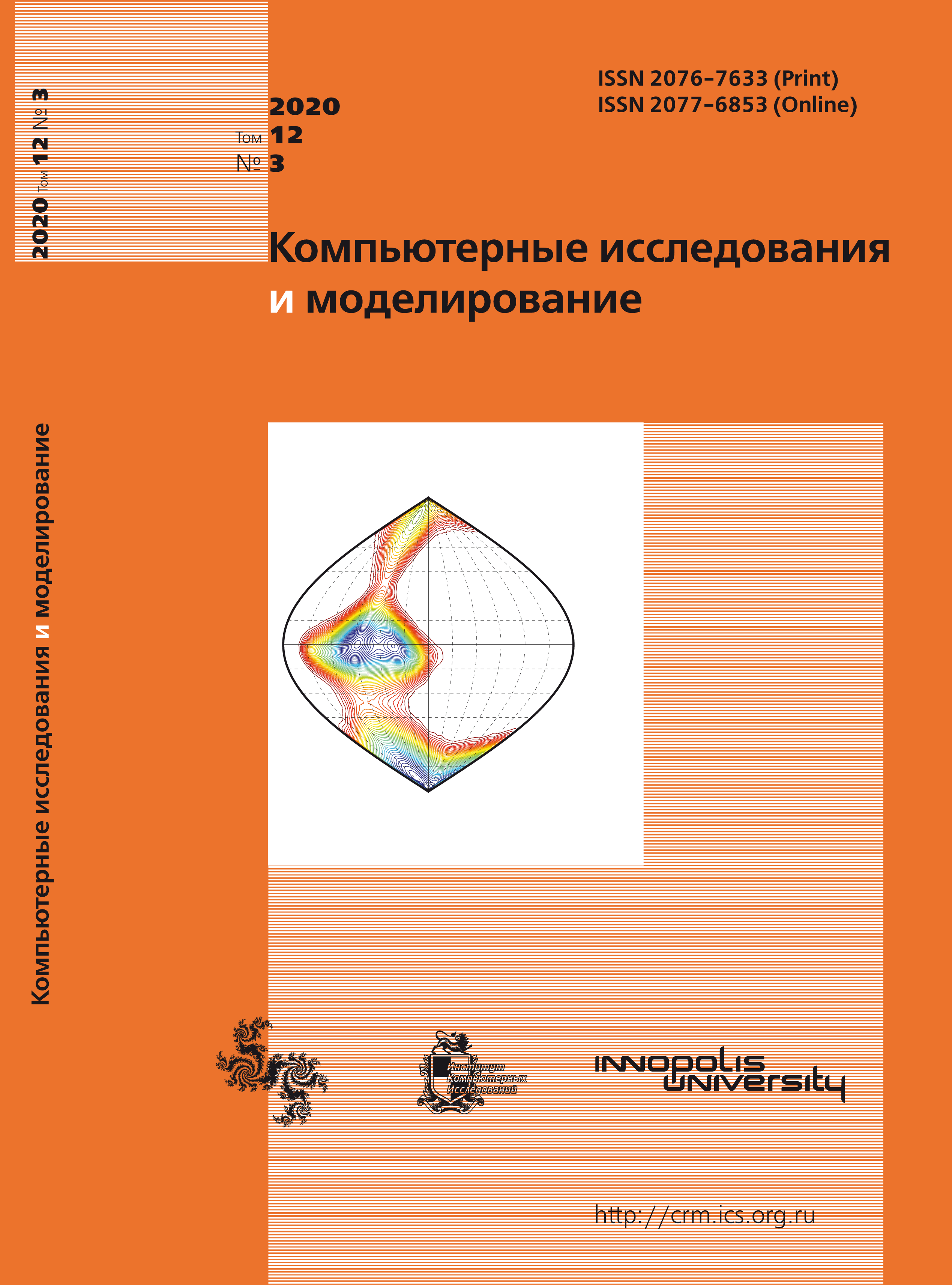All issues
- 2024 Vol. 16
- Issue 1 (special issue)
- 2023 Vol. 15
- 2022 Vol. 14
- 2021 Vol. 13
- 2020 Vol. 12
- 2019 Vol. 11
- 2018 Vol. 10
- 2017 Vol. 9
- 2016 Vol. 8
- 2015 Vol. 7
- 2014 Vol. 6
- 2013 Vol. 5
- 2012 Vol. 4
- 2011 Vol. 3
- 2010 Vol. 2
- 2009 Vol. 1
Numerical method for finding Nash and Shtakelberg equilibria in river water quality control models
 pdf (201K)
pdf (201K)
In this paper we consider mathematical model to control water quality. We study a system with two-level hierarchy: one environmental organization (supervisor) at the top level and a few industrial enterprises (agents) at the lower level. The main goal of the supervisor is to keep water pollution level below certain value, while enterprises pollute water, as a side effect of the manufacturing process. Supervisor achieves its goal by charging a penalty for enterprises. On the other hand, enterprises choose how much to purify their wastewater to maximize their income.The fee increases the budget of the supervisor. Moreover, effulent fees are charged for the quantity and/or quality of the discharged pollution. Unfortunately, in practice, such charges are ineffective due to the insufficient tax size. The article solves the problem of determining the optimal size of the charge for pollution discharge, which allows maintaining the quality of river water in the rear range.
We describe system members goals with target functionals, and describe water pollution level and enterprises state as system of ordinary differential equations. We consider the problem from both supervisor and enterprises sides. From agents’ point a normal-form game arises, where we search for Nash equilibrium and for the supervisor, we search for Stackelberg equilibrium. We propose numerical algorithms for finding both Nash and Stackelberg equilibrium. When we construct Nash equilibrium, we solve optimal control problem using Pontryagin’s maximum principle. We construct Hamilton’s function and solve corresponding system of partial differential equations with shooting method and finite difference method. Numerical calculations show that the low penalty for enterprises results in increasing pollution level, when relatively high penalty can result in enterprises bankruptcy. This leads to the problem of choosing optimal penalty, which requires considering problem from the supervisor point. In that case we use the method of qualitatively representative scenarios for supervisor and Pontryagin’s maximum principle for agents to find optimal control for the system. At last, we compute system consistency ratio and test algorithms for different data. The results show that a hierarchical control is required to provide system stability.
Indexed in Scopus
Full-text version of the journal is also available on the web site of the scientific electronic library eLIBRARY.RU
The journal is included in the Russian Science Citation Index
The journal is included in the RSCI
International Interdisciplinary Conference "Mathematics. Computing. Education"






